How and When Do I Properly Lubricate My Bearings?
Proper bearing lubrication is key to keeping your motor running correctly. Lubrication separates rolling surfaces to reduce wear, removes excess heat generated by friction, acts as a barrier to contaminants, provides corrosion inhibition, and helps retain rolling elements during assembly. More than 50% of all bearing failure is due to improper lubrication! If that’s not a good reason to pay attention to the rest of this article, I don’t know what is.
What Types of Lubricants Are Available?
All greases currently on the market are composed of a base oil (mineral or synthetic), a thickener (polyurea, lithium, etc.), and other additives (anti-oxidants, rust inhibitors, anti-foaming additives, etc.) This complex mixture of different chemicals causes all grease to deteriorate at some rate, even under perfect operating conditions. This means that with most bearings, you will need to regrease at some point. The four main causes of grease deterioration are oxidation, oil bleeding, mechanical working, and evaporation.
Here is a short list of some of the most prominent lubricators on the market:
- Lithium Soap Based Grease: Superior in heat resistance, water resistance, and mechanical stability.
- Calcium Soap Based Grease: Superior in water resistance, inferior in heat resistance.
- Sodium Soap Based Grease: Superior in heat resistance, inferior in water resistance.
- Non Soap Based Grease: Superior in heat resistance.
- Polyurea Grease: The standard in electric motor bearings due to high temperature performance, inherent anti-oxidative properties, and high shear stability. This grease thrives in sealed bearings.
- Oil: Oil vendors use many different additives that may not be compatible with other oil types. Your best bet is to relubricate with the same oil the manufacturer recommends every time. If it is necessary to use different oil, contact the manufacturer to make sure the oils are compatible.
How Do I Relubricate?
There are eight simple steps to bearing relubrication:
- Make sure the motor is running and hot, or the motor is turned off, but still hot. (Under operational conditions, the grease is less viscous.)
- Ensure the grease gun contains the right lubricant for the bearings to be re-greased.
- Clean the areas around the fill and drain fittings to ensure contaminants are not introduced into the bearing cavity.
- Remove the drain fitting to allow any excess grease to escape from the bearing.
- Leave the drain plug out for the duration of the regreasing process.
- With the motor running at operational temperature, add the recommended quantity of grease, or add slowly until it begins to move into the relief tube.
- After excessive grease has been purged, reinstall the drain plug and clean excessive grease from the drain area.
- Upon installation, monitor motor noise and vibration to establish a baseline. At regular intervals, check these measurements; any sudden or significant change should result in inspection of the bearing lubrication.
(Filling the bearing with grease should be one of the last operations completed when mounting a replacement bearing to ensure cleanliness and minimum contamination.)
How Much Lubricant Do I Use?
The most accurate measurement will come straight from your motor manufacturer. If there are no specifications available, pump the grease slowly and carefully until clean grease comes out of the discharge port. Do not pump too fast, or grease may be forced through the bearing seals and into the motor cavity.
When Should I Regrease?
For a typical bearing system the best way to determine when, how much, and which type of grease to use is to go by your motor manufacturer recommendations.
Many grease manufacturers stand by a complicated mathematical equation to help recommend a regreasing schedule:


Where:
- Frequency = hours
- Bearing diameter in mm
- F bearing type = 1.0 for spherical thrust bearing, 5.0 for cylindrical, 10.0 for ball bearing.
- F temperature = 1.0 for under 160o F, divide by 2 for every 20o F above 160o F.
- F contamination = 0.1 to 1.0 depending on the level of contamination. Motor bearings are normally 1.0.
If you’re not up for all that math, some technicians like to make their own schedule based on their knowledge of the motor. Looking at motor failure records, maintenance records, vibration records, and using a bearing tester can help you come up with your own schedule that best fits your needs.
What About Shielded Bearings?
These types of bearings help to retain grease and prevent large particles and contaminants from entering bearing cavities. Single shielded bearings do need to be regreased per the manufacturer’s directions; but double shielded bearings are typically the “Lubricated for Life” design and usually do not require regreasing.
What About Sealed Bearings?
These bearings are good for high-contamination applications. Sealed bearings are generally only used for lower speed motors, 75 hp and under, and have an anticipated life span of only three years. These types of bearings fall under the “Lubricated for Life” designation and do not require regreasing.
This article was adapted from our EMC Webinar: Getting the Most out of Your Electric Motor
Got More Motor Questions? We Can Help!
Call 800-595-5315 Or Connect With Our Expert Technicians Here:
Other Articles
- Critical Spare Planning
- The Three Most Common Externally Caused Motor Failures
- Remedies For Common Motor Winding Failures



Director of Motor Service
Josh has over 20 years of experience in electric motor repair, as well as welding and machining. He is also an expert mechanic. He is in charge of our motor service centers in all 5 EMC locations.

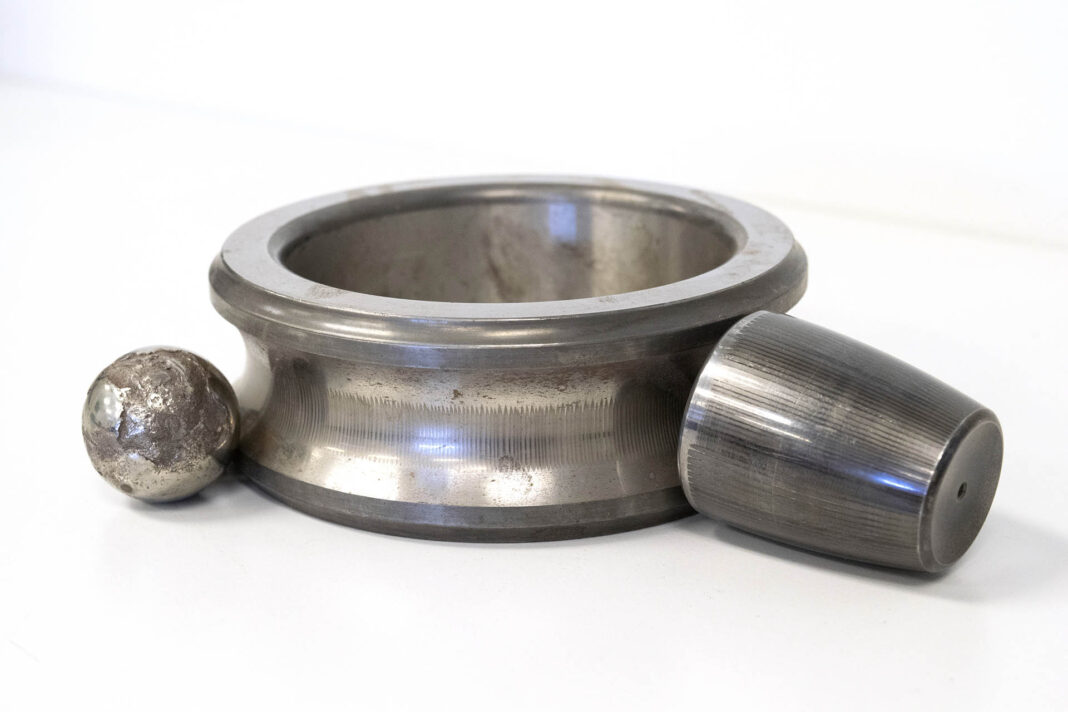
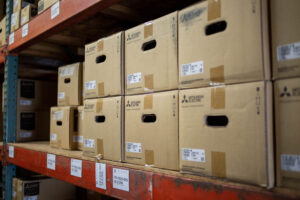
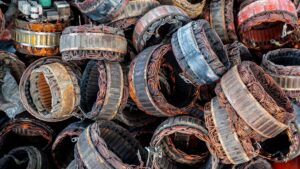
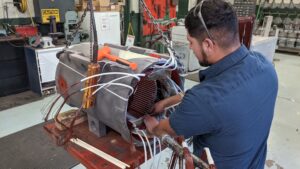

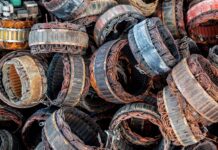

Thanks for sharing your thoughts about this!